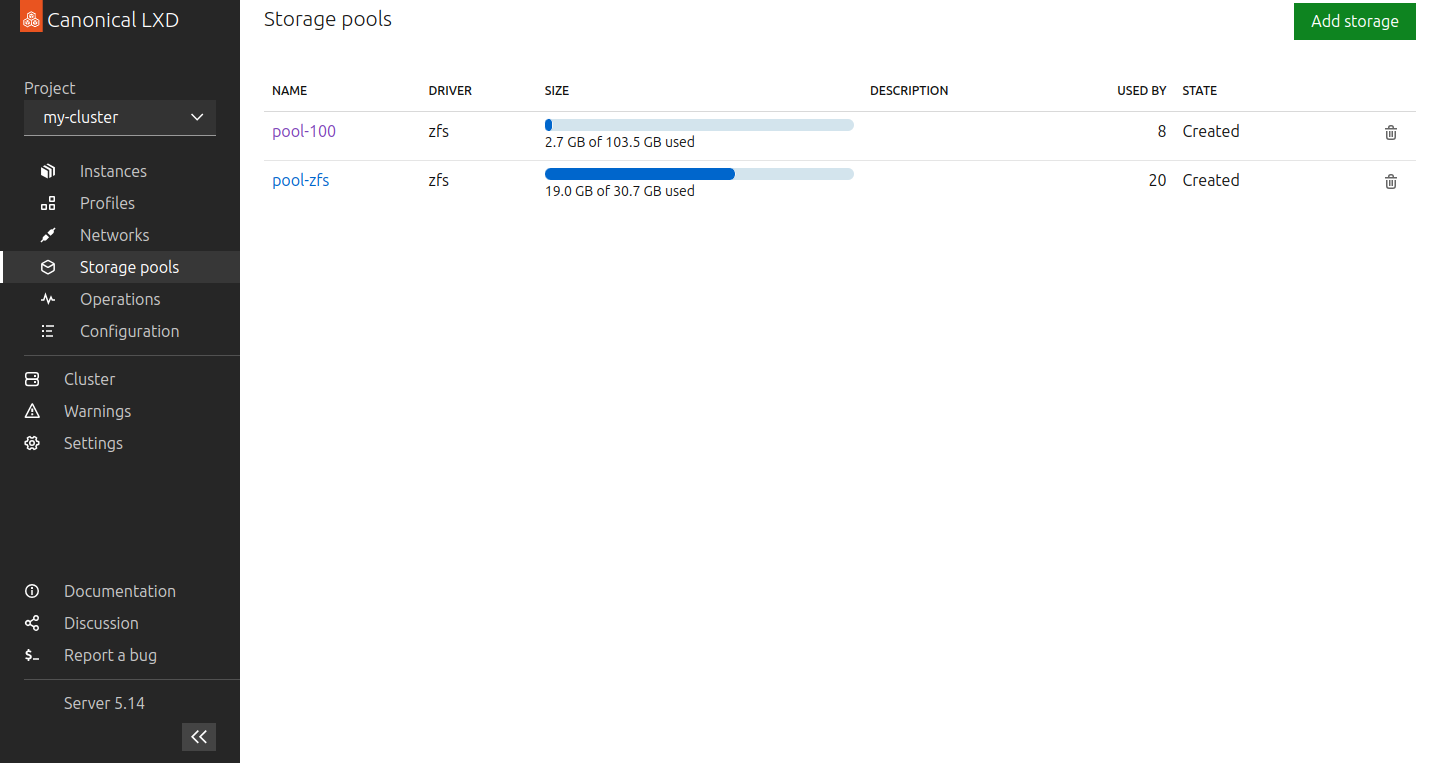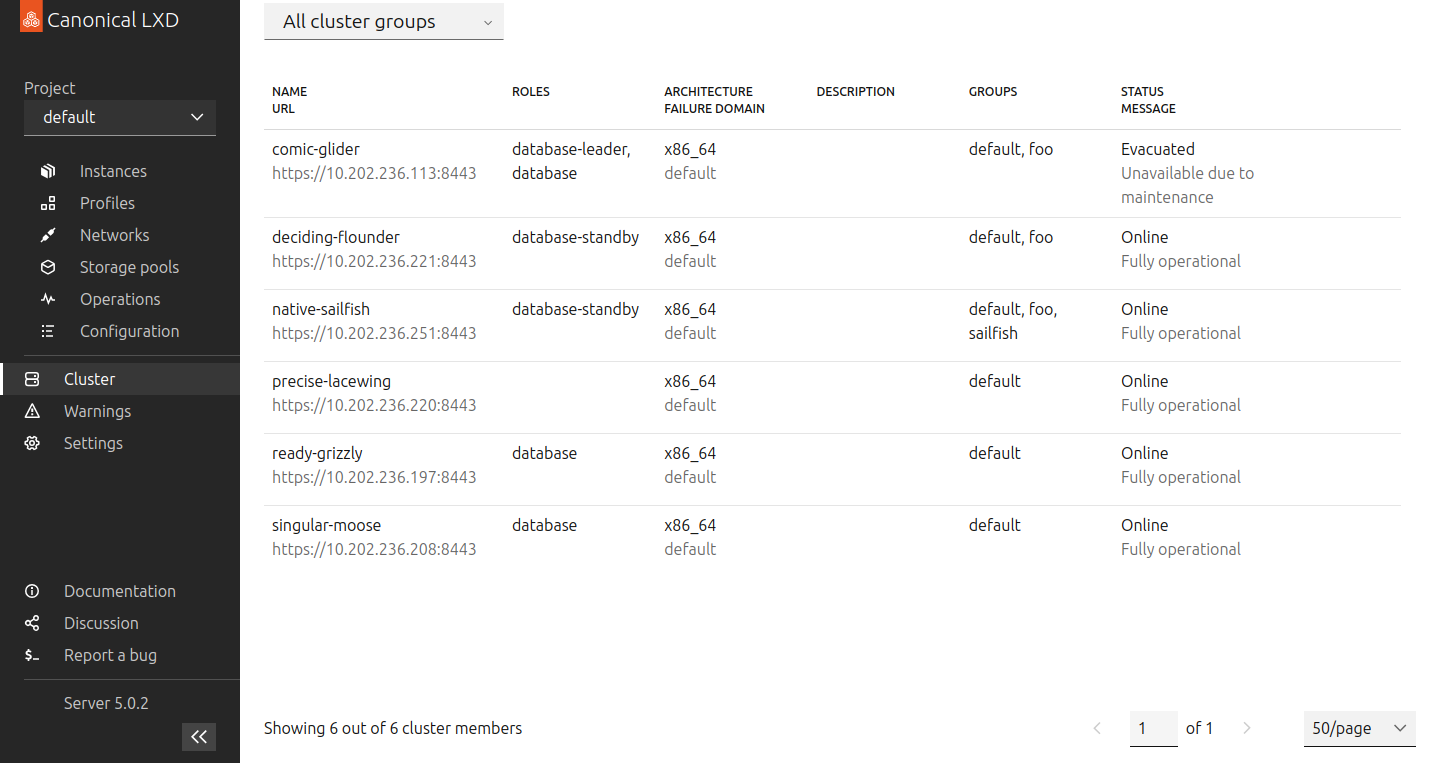How do you notice that you are not really awake yet? By thinking for several minutes about what LXD has to do with containers and then realising that you yourself had LXDE in mind.
Linux
From Wikipedia, the free encyclopedia
Linux is a family of open source Unix-like operating systems based on the Linux kernel, an operating system kernel first released on September 17, 1991 by Linus Torvalds. Linux is typically packaged in a Linux distribution (or distro for short).
Distributions include the Linux kernel and supporting system software and libraries, many of which are provided by the GNU Project. Many Linux distributions use the word "Linux" in their name, but the Free Software Foundation uses the name GNU/Linux to emphasize the importance of GNU software, causing some controversy.
Rules
- Posts must be relevant to operating systems running the Linux kernel. GNU/Linux or otherwise.
- No misinformation
- No NSFW content
- No hate speech, bigotry, etc
Related Communities
Community icon by Alpár-Etele Méder, licensed under CC BY 3.0
huh, was it not before? i thought the entire lx* space was canonical's thing
Was developed by Canonical, but under the Linux Containers umbrella.
Used it once or twice then stopped, prefer raw lxc or even just manually creating namespaces if I want control.
Never quite understood the point, the additional polish seemed fairly minimal from a utility pov.
They should take over proxmox or something, give themselves a complete story.
I don't know if I want a project as cool as Proxmox owned by the "you will use snap and you will like it" Canonical
The point is that you want management, easy ways to create images, backups, move container between hosts, orchestration, network management and sometimes not only container but also virtual machines. LXD does it all very well and if you don't want those resources you might as well use systemd-nspawn.
They've taken over Proxmox. Not sure if you're following but they have now a WebUI and the entire solution is magnitudes better than the crap Proxmox has been offering.
I haven't been following, but that's actually good to hear, proxmox needs a better ui.
LXD, I suppose for the migration, but for any more complex orchestration I think you've moving to k8s or something more serious, LXD just has an odd "not enough but too much" feature set for me, I like things either push-button, or let me do it, this is kind of both.
for any more complex orchestration I think you’ve moving to k8s or something more serious
I guess it depends in your use case. If you're taking about "regular" applications LXD/LXC might not be your best fit. LXD/LXC seem to very good for the more low level infraestruture related solutions. In contrast, whatever is typically deployed with k8s that is mostly immutable very reproducible and kind of runs at a very high level.
LXD is more about what might power that "higher level" layer, more about mutable containers, virtual machines and very complex stacks that you can't deploy with docker most of the time. As excepted people with those needs greatly leverage cloud-init and Ansible in order to get the reproducibility and the automated deployment capabilities that the Docker "crowd" usually likes.
Ah, ok, understood then, it didn't fit my use-case or workflow, it works for others, my bad, appreciate the correction!
Not a correction, it has its uses :) I would never deploy a web app and its API, database etc. using LXD, makes no sense, k8s is way better for that.
I do that with lxd, but I have written ansible playbooks (almost like dockerfile? ) to automate the lxd containers. You could probably write some automation for scaling as well, but not something I've done, I have just opted for high availability with ceph & keepalived. Whatever works for your use case :) I do use some docker, but this is still nested inside lxd..
I also do playbooks to deploy stuff some stuff with LXD, but my end users only like Docker so, I kind of setup the infrastructure that allows them to deploy Docker on top of LXD containers that are deployed using Ansible.
Oh, bullshit. The minimal interface that Ubuntu offers isn't even a pimple on the Proxmox front end, and doesn't touch the filesystem, clustering abilities and backup solution that's the equivalent of Veeam IMO.
There you are, calling bullshit on my post while deleting your own where you clearly demonstrated close to no experience with LXD and its clustering capabilities. lol
The minimal interface that Ubuntu offers
Once again your ineptitude is palpable. Ubuntu doesn't offer anything, the WebUI is a part of LXD.
And yes LXD's WebUI released "yesterday" is objectively better than Proxmox and it does touch storage and clustering.


I wonder if this means LXC (which seems neglected lately) and LXD will soon be maintained by different people.
RIP LXD